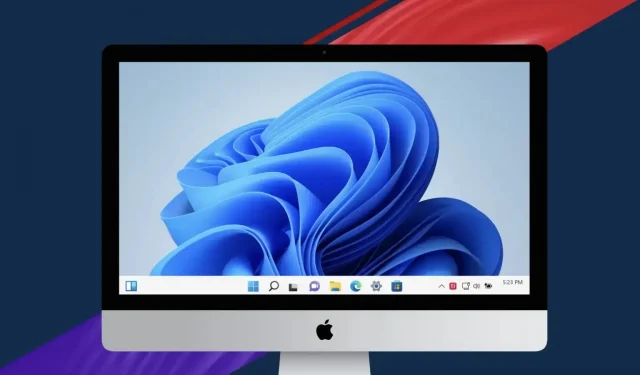If you’re having trouble getting to grips with macOS after years of working on Windows, here are 7 utilities that can help.
Moving from a Windows PC to a Mac isn’t as hard as it used to be. Today, there are many applications on both platforms. Yet macOS is fundamentally different from Windows, which means that some features may be missing from your new Apple computer. There are many tips and tricks to make the transition easier. In this article, we will look at utilities that will help you implement “Windows features”on your Mac.
Magnet
One of the strengths of Windows remains window management. Rearranging them is very easy in Microsoft OS, be it with keyboard shortcuts or drag and drop. Apple tried to catch up: when you hover over the green window icon and hold down the Option key, you now have access to layout options, but that’s a far cry from what Windows offers.
Fortunately, the Magnet exists. Once installed, it becomes very easy to manage your windows using the keyboard or drag and drop. The magnet is offered for 9.99 €, unfortunately a bit more expensive. There are free solutions like Rectangle that do the job, although not as well.
Alt Tab
The shortcut for switching between windows on Mac is a bit easier compared to Windows. You only have the app icon, not the preview. This is where AltTab comes to the rescue. AltTab recreates the Windows interface with these previews.
Once installed, you will need to use the keyboard shortcut Option + Tab rather than Cmd + Tab, but then you will see a window with all open applications and a real preview of your windows. Perfect for really knowing what’s going on.
CopyClip
It’s 2023, and macOS still doesn’t offer a decent clipboard manager. If you need an app to fill that gap, CopyClip is the one. This free utility adds a simple and essential list of recently copied texts to your menu bar. You can adjust the number of entries in the history and set exceptions so that CopyClip does not save copied texts in certain applications.
CopyClip is not the only option here. You can pay for more advanced applications like Paste, Maccy or CopyClip 2.
disk utility
macOS handles external drives a little differently than Windows. To make the transition easier, you have Disk Utility, a native macOS disk management utility. Whether you want to partition a drive or wipe it completely, you’ll have everything you need at your fingertips.
balenaEtching
Another common problem when migrating to a Mac is managing SD cards and other USB drives. To create a bootable USB key on Windows, for example, we go through Rufus, but Rufus doesn’t exist on macOS. Apple OS uses balenaEtcher. The latter also has versions for Windows and Linux.
Background music
Sound can come from anywhere on the computer. Spotify, YouTube videos, tab ads, notifications, system audio, and more. Managing all of these audio sources on macOS isn’t easy. In theory, Apple has a Reading icon in the menu bar to handle this, but in practice it’s very difficult. And from there you can only start playback or pause. It is not possible to adjust the volume, for example.
BackgroundMusic and similar apps can help. The BackgroundMusic app is free and allows you to browse all the audio sources on your Mac. You can quickly adjust the volume of these sources and even quickly control the output device. To go further, SoundSource goes even further, allowing you to link an output device to a specific source, among other things.
Parallels (for a literal Windows experience)
Despite these utilities, there may be times when you still need Windows. Before you add a second computer to your desktop, try Parallels to run Windows right on your Mac.
And the best thing about it all is that the app recently made it possible to run Windows on machines with an Intel or Apple Silicon chip. When all Macs were run by Intel, the Cupertino company offered its own Bootcamp solution, which disappeared with the advent of its own chips. If you have a Mac M1 or later, you will need an application like Parallels.
However, Parallels is not cheap. After a two-week trial period, Parallels costs $100 for a license or $120 for a year-round Pro version. There is a student rate ($50).


